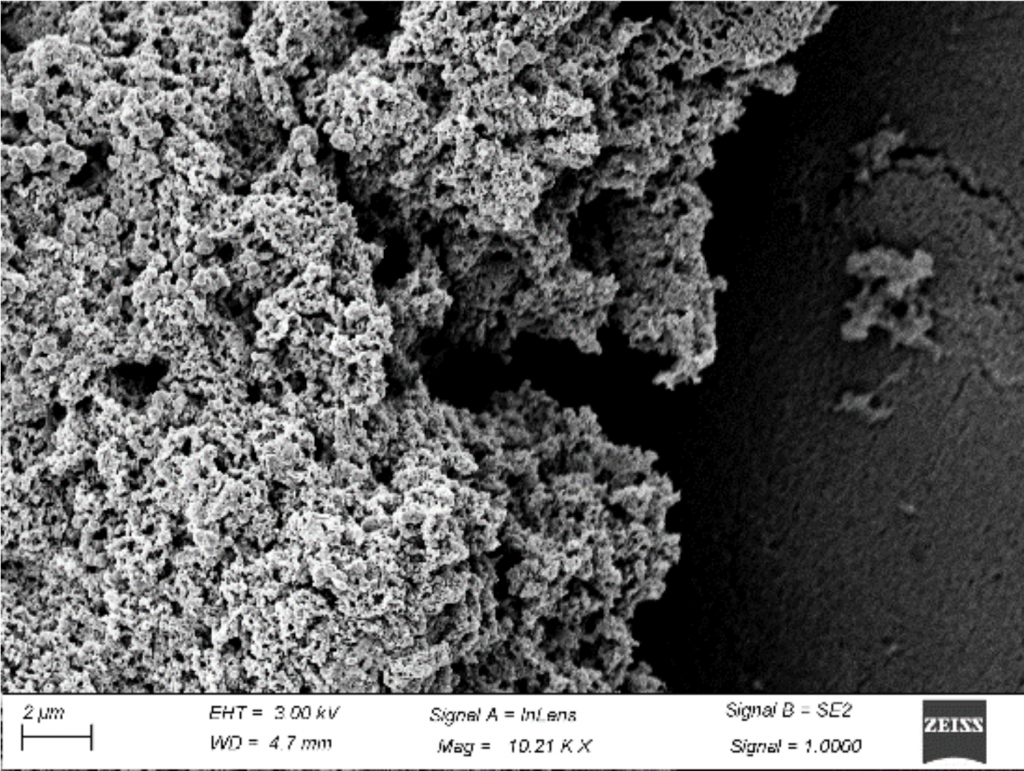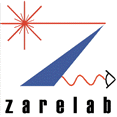Electrically Controlled Drug Release from Drug-Loaded Polymer Nanocomposite Films
Christian Chamberlayne, Ephraim Neumann
Medical implants, capable of releasing quantitative amounts of drugs on demand, open many possibilities in medical device applications. Toward this goal, we are developing drug-loaded polymers that release drugs upon electrical stimulation. The polymer acts both as a drug reservoir and a release mechanism for medical implants. The advantage of using electric signals is that they are easily generated and controlled, and do not require the use of specialized equipment.
Two issues facing the field of electrically stimulated drug release are: 1) loading sufficient quantities of drug, and 2) releasing said drug with low voltages. We have demonstrated drug loadings above 40% by weight as well as drug release at low voltages (less than 1.5V). Our system is also quite versatile, allowing electrically stimulated drug release of a variety of drugs, spanning from small molecules up to small polypeptides like insulin.

SEM of drug loaded polypyrrole nanoparticulate film
We are currently developing two different mechanisms for drug release. One mechanism is to trap the target drug inside a pH-sensitive polymer. Then localized pH changes induced at the electrodes during water splitting cause the pH sensitive polymer to dissolve, releasing the drug. Another mechanism is to electrostatically stick the drug onto the surface of a conductive polymer. Reduction of the conductive polymer then releases the drug from the surface. Storing drug in this manner requires a large surface area. We achieve this high surface area by first loading the drug onto the surface of conductive polymer nanoparticles and then drying the nanoparticles onto the electrode to create nanoparticulate film with an extremely high surface area.
